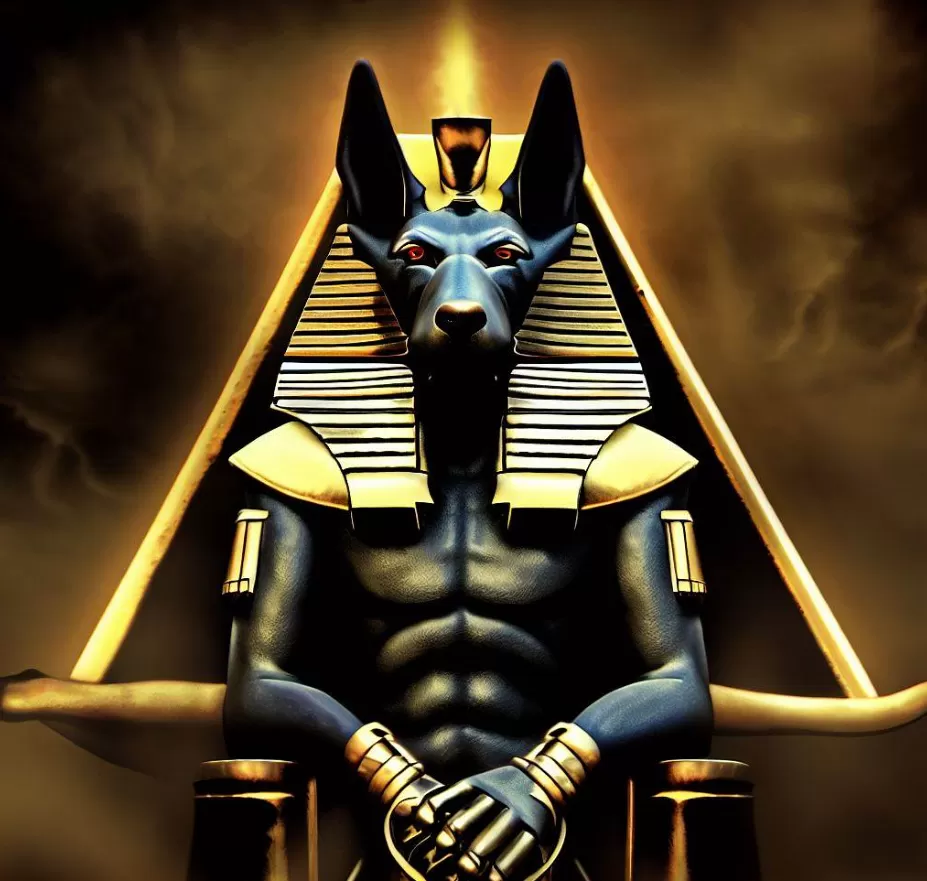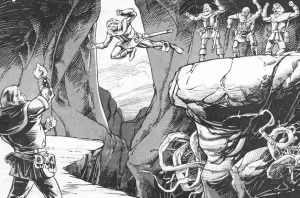
Anubis is an ancient Egyptian deity associated with judgment, death, and the afterlife. As one of the most recognizable and revered gods in the Egyptian pantheon, Anubis played a crucial role in the mythology and religious beliefs of ancient Egypt.
Anubis is often depicted with the head of a jackal or a dog, which symbolizes his association with death and the role of canines in scavenging corpses. This unique appearance sets him apart from other gods, making him easily recognizable in Egyptian art and hieroglyphs.
One of Anubis' primary responsibilities was to preside over the judgment of souls in the Hall of Ma'at. According to Egyptian mythology, after a person died, their soul would enter the realm of the afterlife and undergo the "Weighing of the Heart" ceremony. During this process, the deceased's heart was weighed against the feather of Ma'at, the goddess of truth and justice. Anubis would closely oversee this ritual to determine the fate of the soul.
If the heart was found to be pure and lighter than the feather, it meant the deceased lived a righteous life, and the soul would proceed to eternal paradise known as the Field of Reeds. However, if the heart was heavy with sin, it would be devoured by Ammit, a fearsome creature with the head of a crocodile, the body of a lion, and the hindquarters of a hippopotamus, resulting in the soul's ultimate demise.
Anubis was also believed to play a protective role in the process of mummification. Egyptians considered the preservation of the body essential for the soul's journey into the afterlife. Thus, Anubis became associated with embalming and was often invoked during mummification rituals. His priests, known as embalmers, would don jackal masks and perform rites under Anubis' guidance to ensure the deceased received proper preservation.
In addition to his association with death and judgment, Anubis also held a role in mythology. He was considered the son of Osiris, the god of the afterlife, and Nephthys, the goddess of mourning. According to one myth, Anubis embalmed and prepared the body of his murdered father, helping to resurrect him and subsequently become a guardian and guide to the dead.
Anubis remained a popular deity throughout Egyptian history, and his presence extended beyond religious beliefs. His imagery and symbols can be found in tombs, temples, and funerary art. He was considered a trusted protector and guide for both the living and the deceased, providing solace and assurance during the transition from life to the afterlife.
Anubis, the god of judgment and death, held significant importance in ancient Egyptian mythology. With his role in the weighing of hearts, protection of the deceased, and association with mummification, he symbolized the critical aspects of the journey into the afterlife. Anubis' iconic representation as a jackal-headed deity, his presence in rituals and funerary practices, and his enduring influence on Egyptian culture make him a compelling figure in ancient Egyptian religious beliefs.






